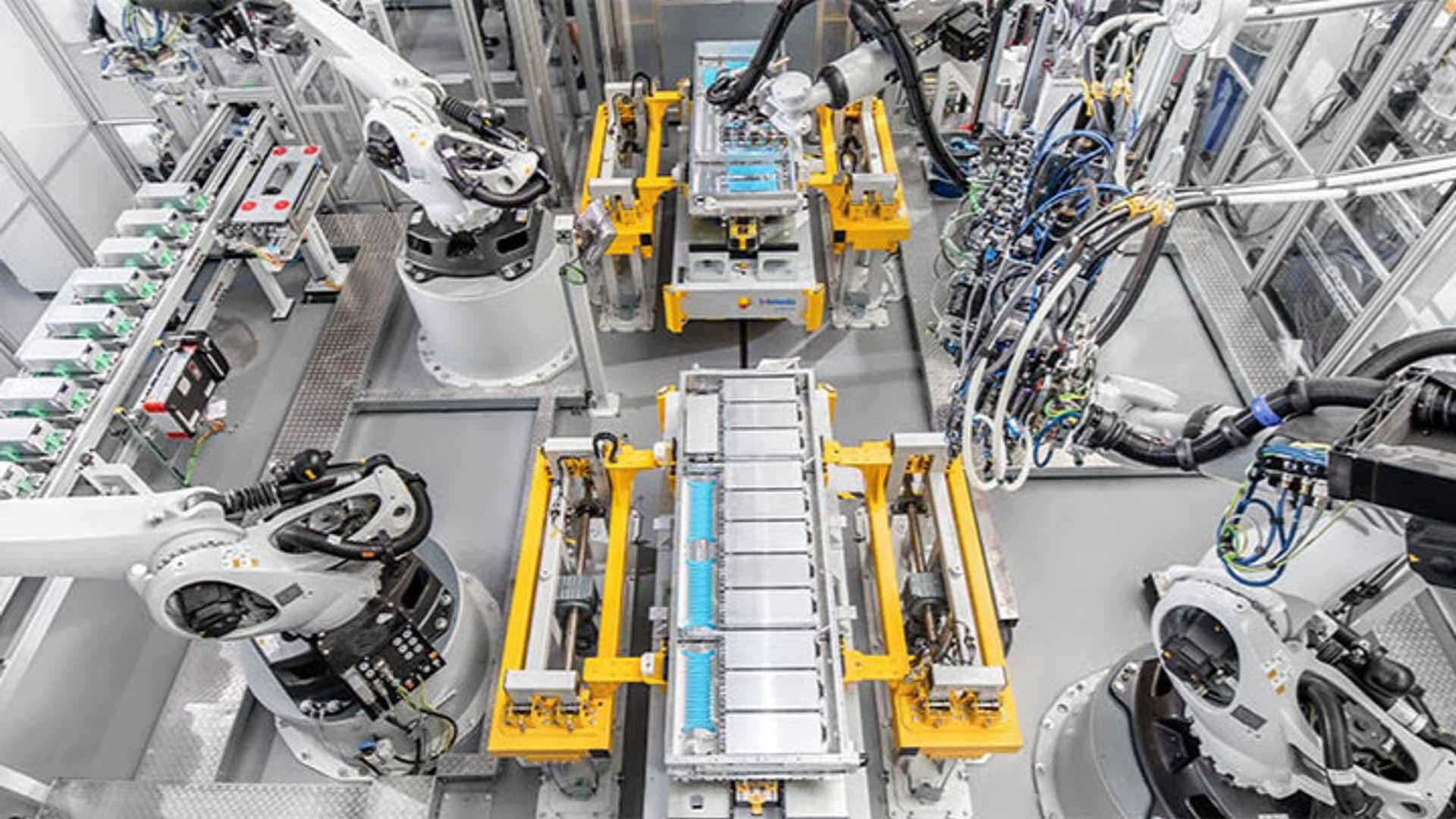Electric Vehicle Production: Up to 60% of Carbon Footprint Occurs Before First Mile, Highlighting Unseen Trade-offs

Electric vehicles (EVs) are widely praised for their clean operation and efficiency, positioning them as a key sustainable transportation solution. However, a recent social media post from the California Insider Show highlighted a less discussed aspect: "EVs are praised for being clean, efficient, and low-maintenance. But the complexities of building one involve tradeoffs that rarely get discussed." This perspective emphasizes the substantial environmental and social costs embedded in EV manufacturing, particularly concerning battery production.
EV battery production is notably more mineral-intensive than traditional internal combustion engine (ICE) vehicles, requiring large amounts of lithium, cobalt, and nickel. Extracting these critical minerals often leads to severe environmental consequences, including extensive water depletion, soil contamination, and habitat destruction.
The manufacturing phase of an EV, especially its battery, is highly energy-intensive. Studies reveal battery production alone can account for between 46% and 60% of an EV's total lifecycle carbon emissions. Consequently, an EV must be driven for a considerable distance —estimated between 18,305 to 45,300 kilometers or approximately eight years—to offset its higher production emissions compared to a gasoline car.
Beyond environmental degradation, the EV supply chain faces scrutiny over ethical concerns. The mining of certain minerals, like cobalt, has been linked to problematic labor practices, including human rights abuses and child labor. The global nature of these supply chains complicates monitoring and ensuring responsible sourcing.
End-of-life management of EV batteries presents another significant hurdle. Current global recycling rates remain low, around 5%, and processes can be energy-intensive, generating hazardous waste. Disassembling components like electric motors for material recovery also poses challenges.
While operational emissions are zero at the tailpipe, an EV's overall environmental benefit ties directly to the electricity grid's carbon intensity. Charging with fossil fuel-generated electricity shifts emissions from the vehicle to the power plant, underscoring the need for decarbonized grids to fully realize EV climate benefits.
In conclusion, while electric vehicles offer clear advantages in reducing driving emissions, a comprehensive assessment, as highlighted by the California Insider Show, reveals significant environmental and social trade-offs in their production and end-of-life. Addressing these complexities through sustainable practices across the entire lifecycle is crucial for EVs to truly fulfill their promise as a clean mobility solution.